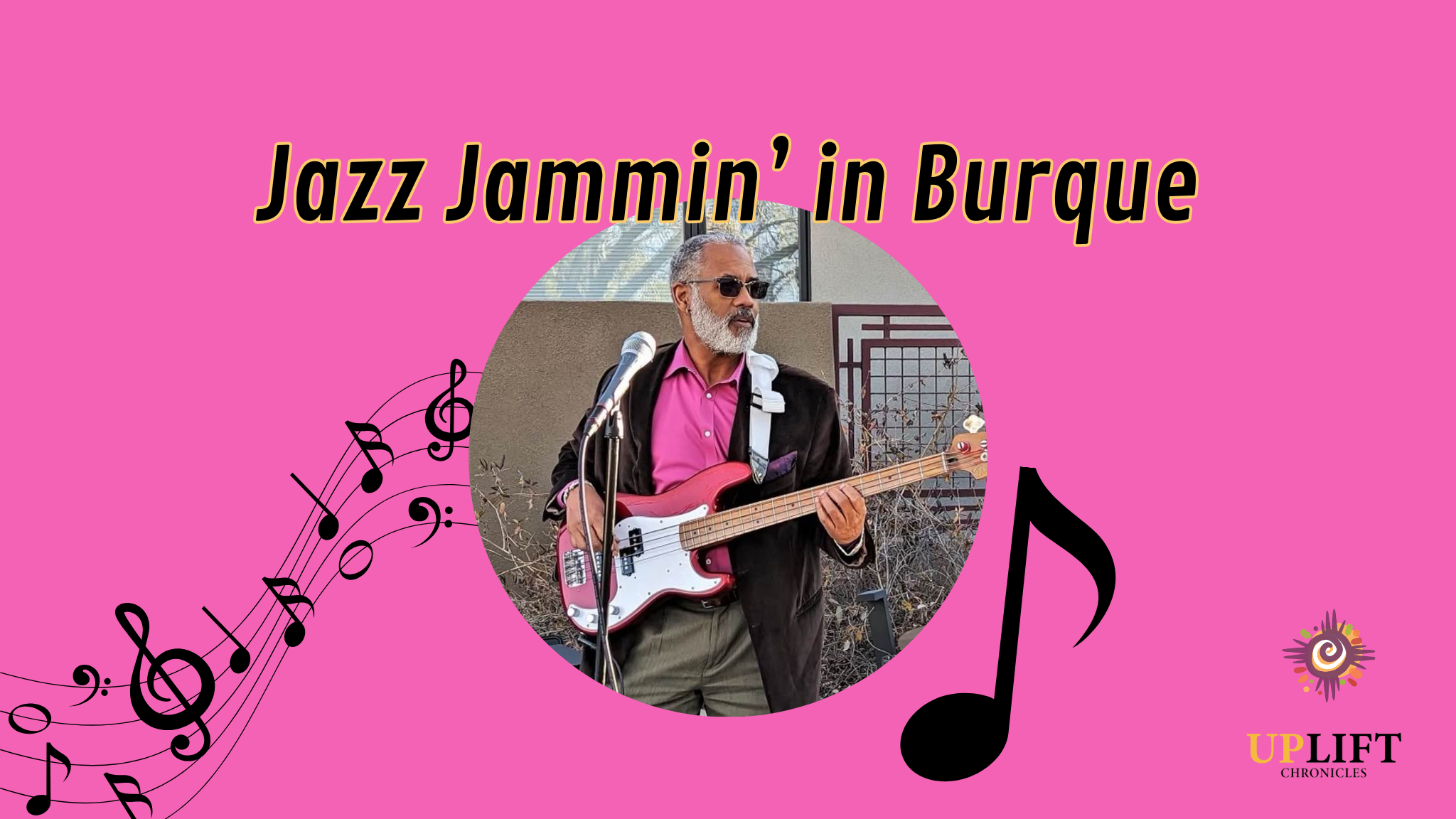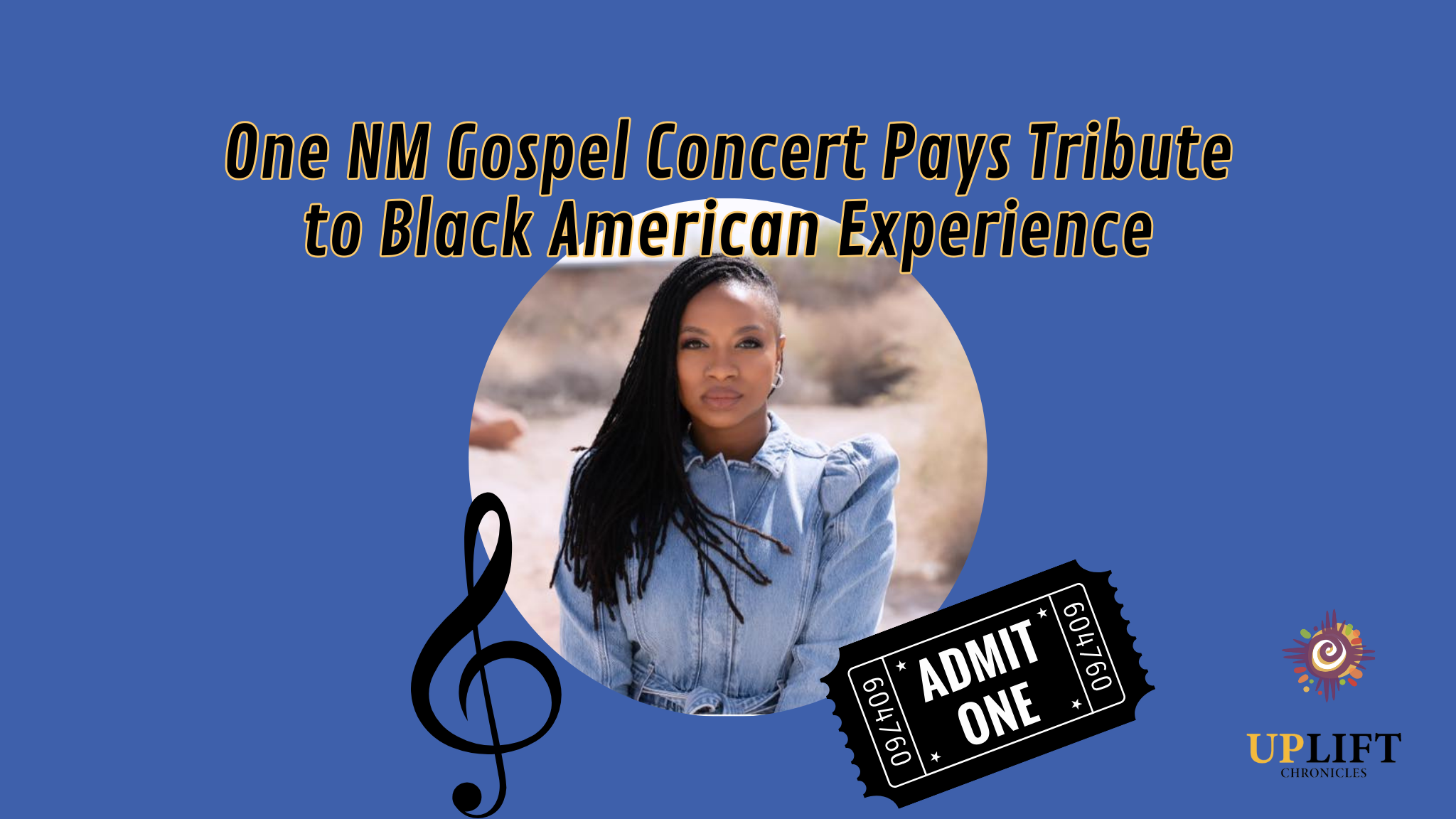
by Kristin Satterlee
You’ve probably heard New Mexico’s tricultural myth: the common misconception that the state’s culture is a harmonious blend of Indigenous, Latinx, and Anglo heritages. Setting aside this myth’s other inaccuracies, where does that fable leave the stories of African American and AAPINH (Asian American, Pacific Islander, and Native Hawaiian) New Mexicans who are just as much a part of the tale?
Twelve young New Mexicans move the needle on that myth in the fourth annual True NM 2024 Sawubona Exhibition, taking place during this May’s Albuquerque Artwalk on May 3. The True New Mexico program, cosponsored by New Mexico Black Leadership Council and New Mexico Asian Family Center, is designed to combat racism by bringing young people together to share their stories with the community through art. The artists receive a stipend for supplies and to pay for their time, allowing them to focus on creating. But before the art gets made, the artists do a deep dive into their own stories and those of their wider communities.
“We asked the youth from the start. … What matters to you?” says Sarah “Zee” Azibo, program coordinator. “When you’re talking about anti-racism, what do you want to talk about? It’s been really powerful. [The youth artists] are the ones who made this what it is.”
Those discussions ranged wide and deep from February through April, through topics like affirmative action, equity vs. equality, intersectionality, othering, identity, and self-perception. As well as having those weighty conversations—facilitated by youth coordinators Kai Warrior and Ayami Nakanishi—True NM artists met with BIPOC guest artists and participated in activities: A shoe swap helped them learn deeply about the other youth in their cohort, a Downtown art walk led to reflection about representation in public art, and more.
The 2024 True NM cohort selected “Sawubona”—a Zulu term that means “I see you seeing me”—as this year’s exhibition theme. The True NM program does more than combat racism and the tricultural myth: It develops leaders by increasing participants’ self-esteem and awareness of themselves, their communities, and the wider world. You can be part of that development—by attending and supporting the True NM Exhibition, and by getting the kids in your life involved in other arts-based leadership development opportunities like NMBLC’s Roots Summer Leadership Academy (RSLA). RSLA helps youth develop self-esteem and leadership through interpersonal connection, STEM, arts, and social-emotional learning. Registration opened in April, so learn more and sign up at bit.ly/rsla2024.
Don’t take our word for the value of these programs in the development of the youth who will lead us into the future. In the words of 2024 True NM artist Isabella Park, “This is the first time I’ve ever had people that look like me and share the same cultural identities as me speak about the passions I share. … I was able to connect and process traumas and my own experiences that I didn’t realize were there.”
True NM Sawubona Exhibition Opening Reception
May 3, 2024
5:30-8:30pm
Orpheum Community Hub
500 Second Street NW




